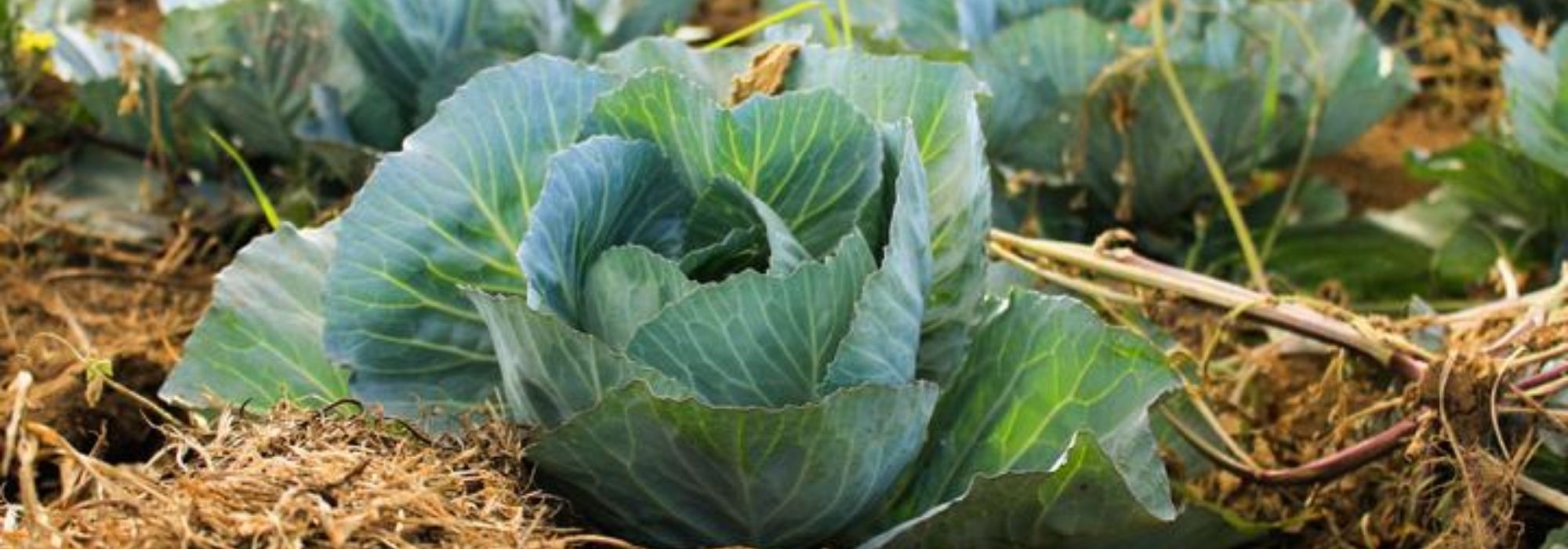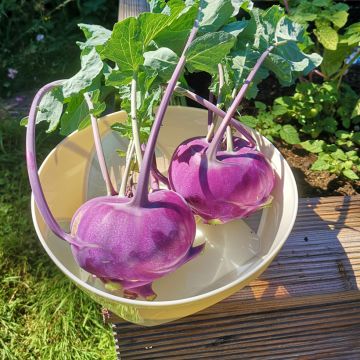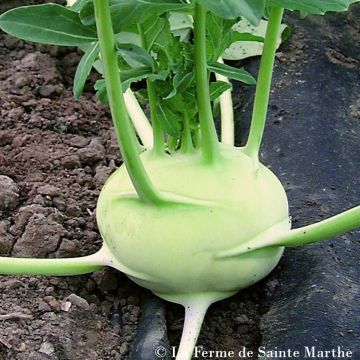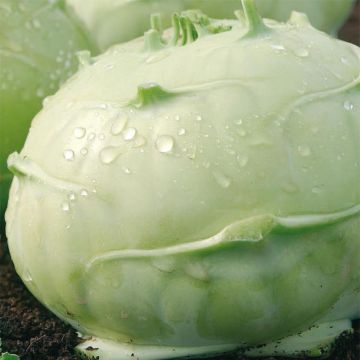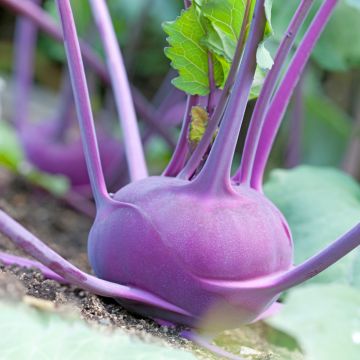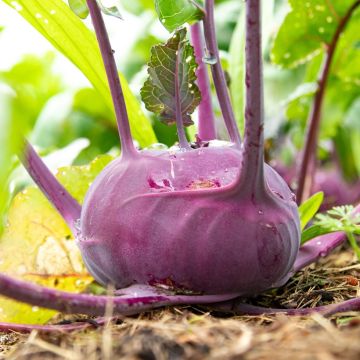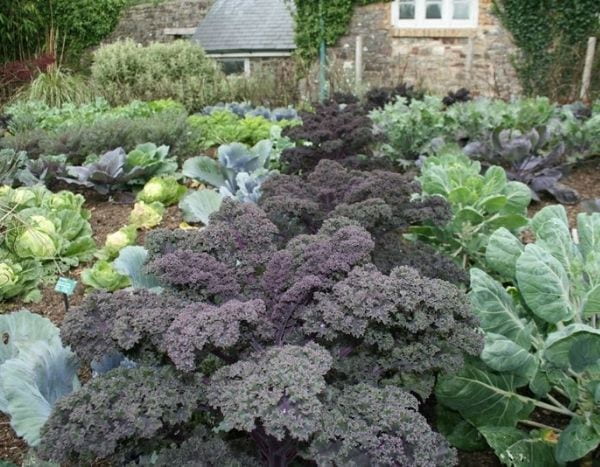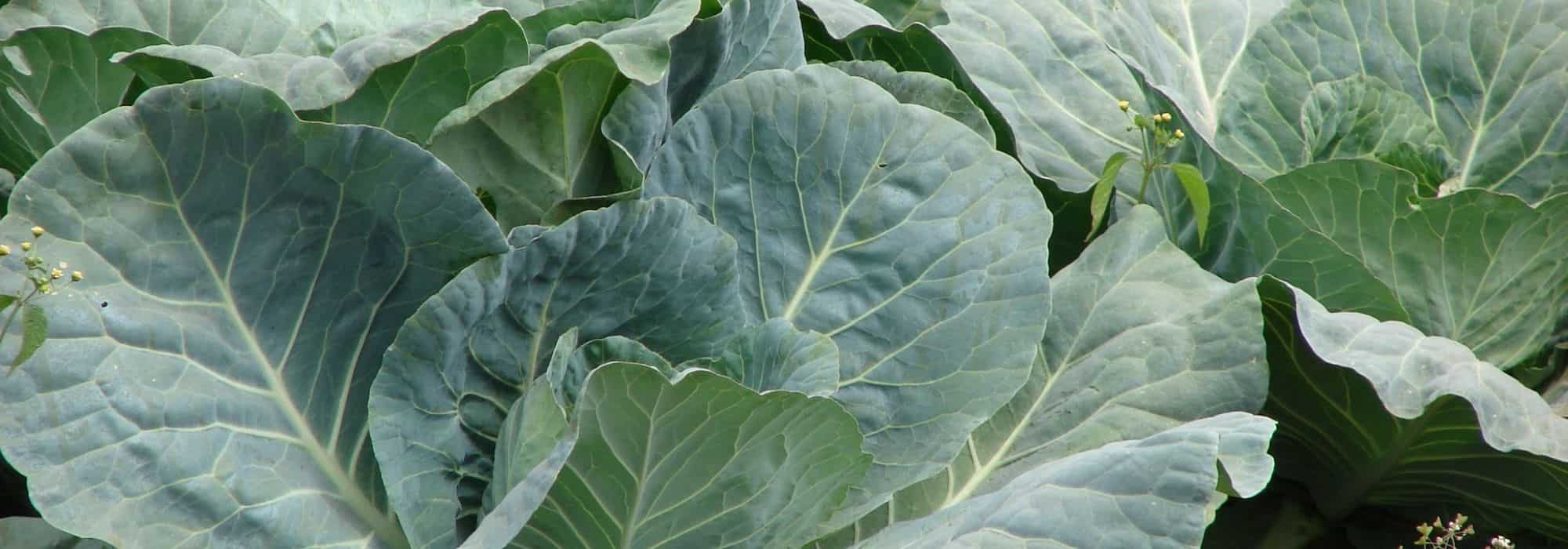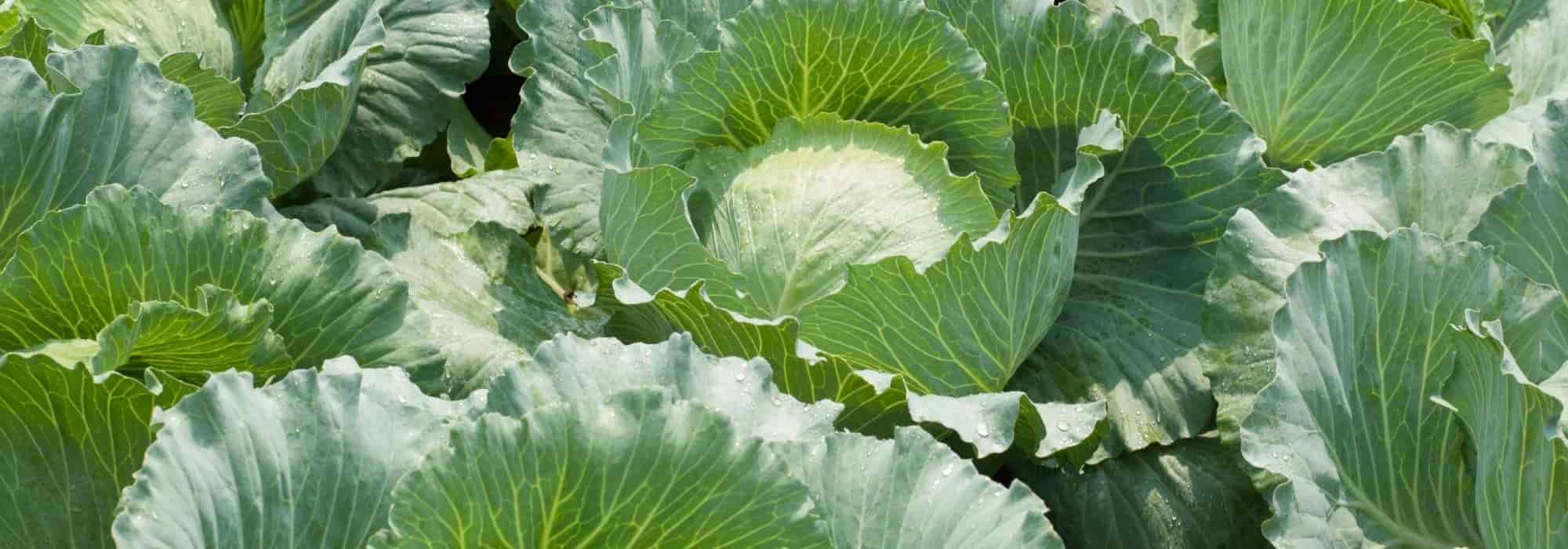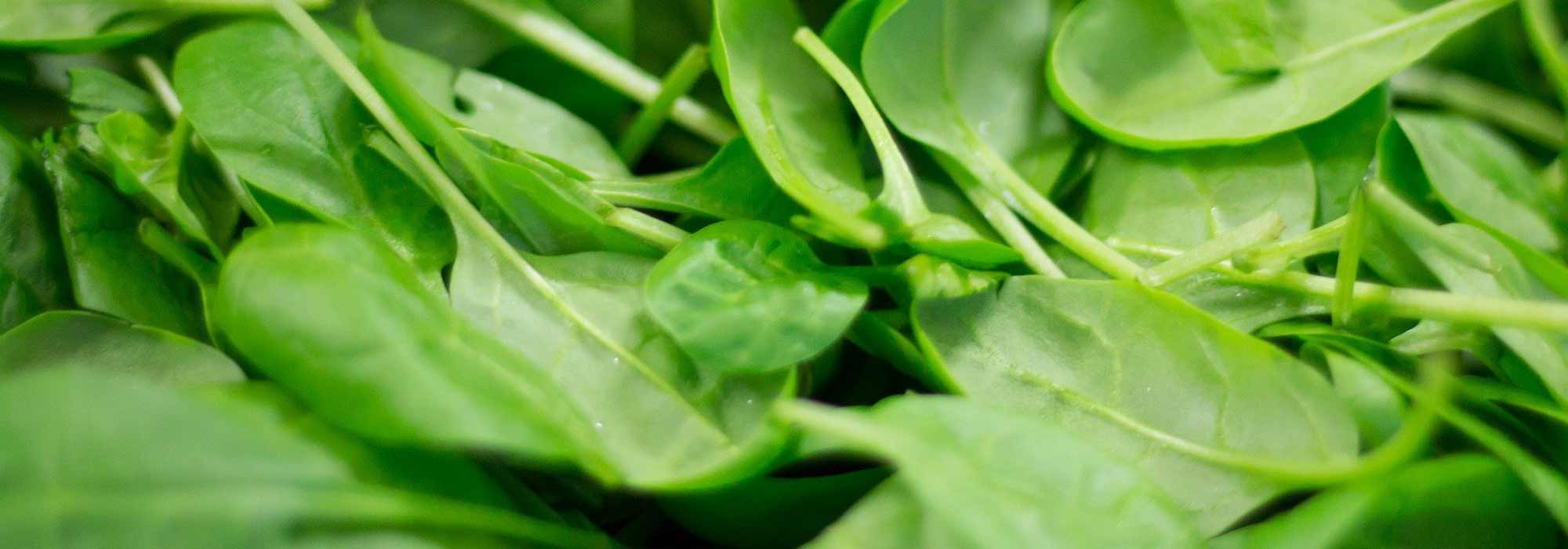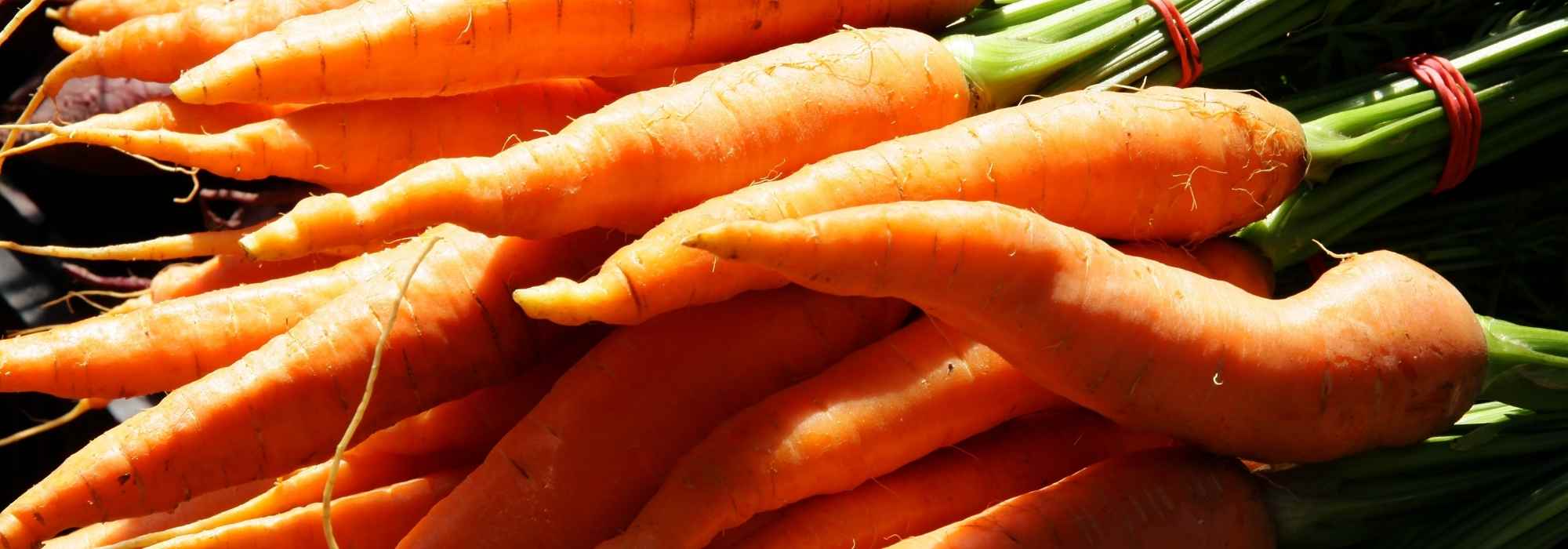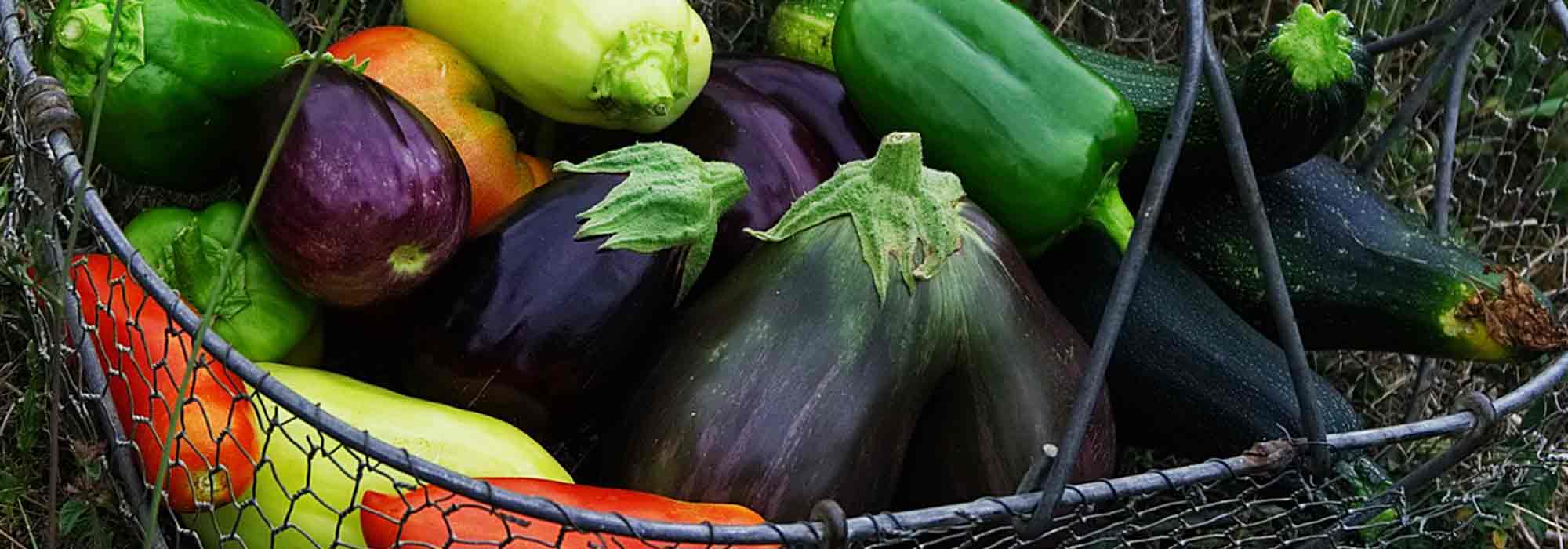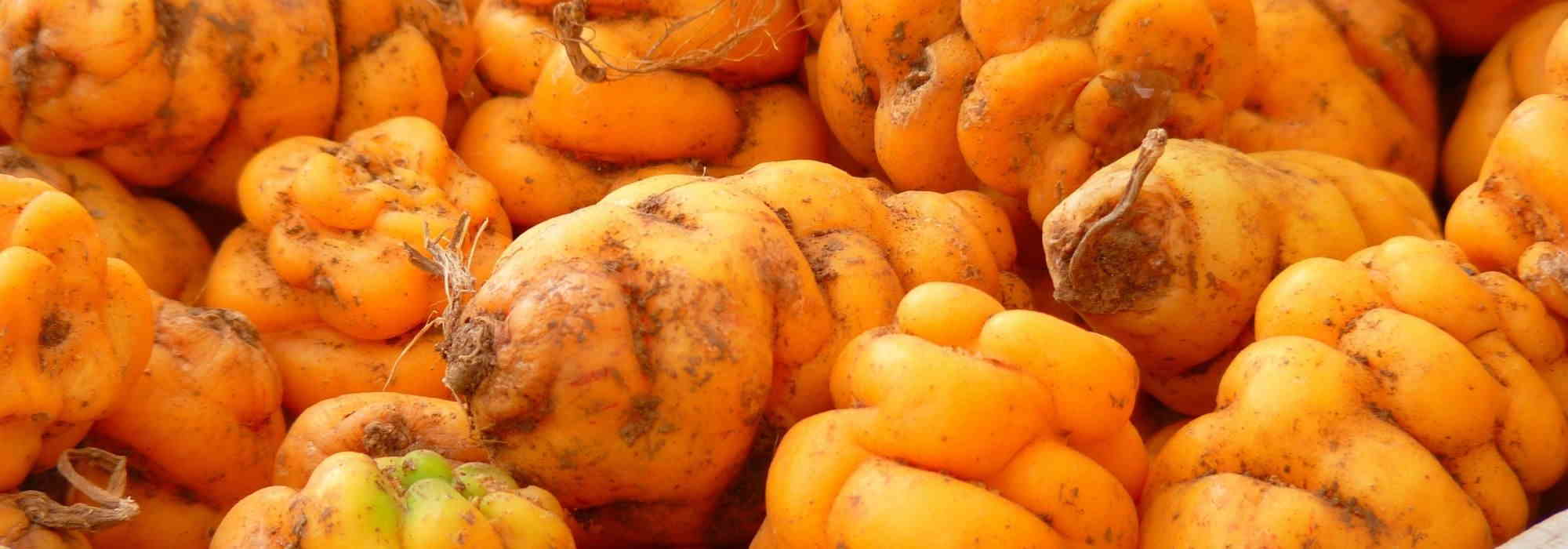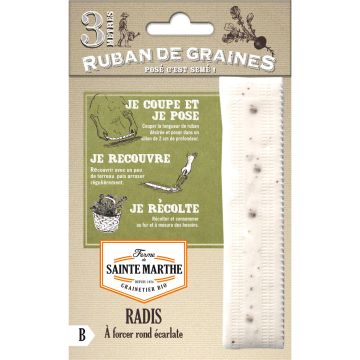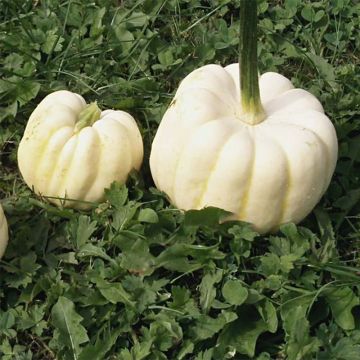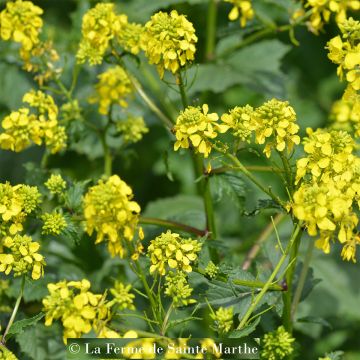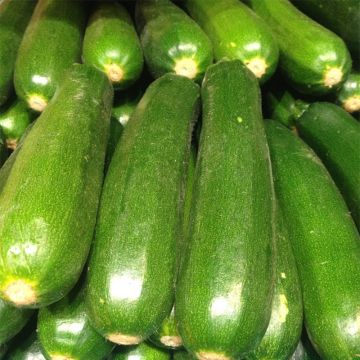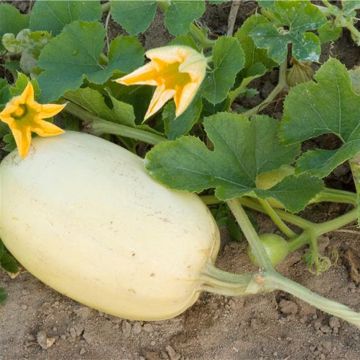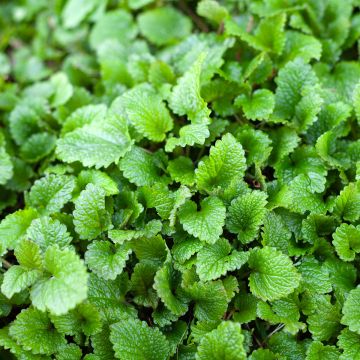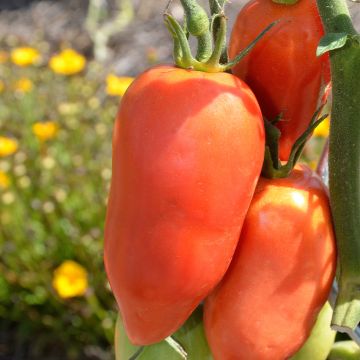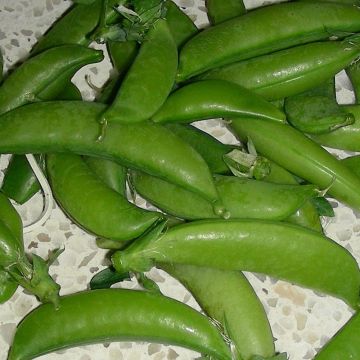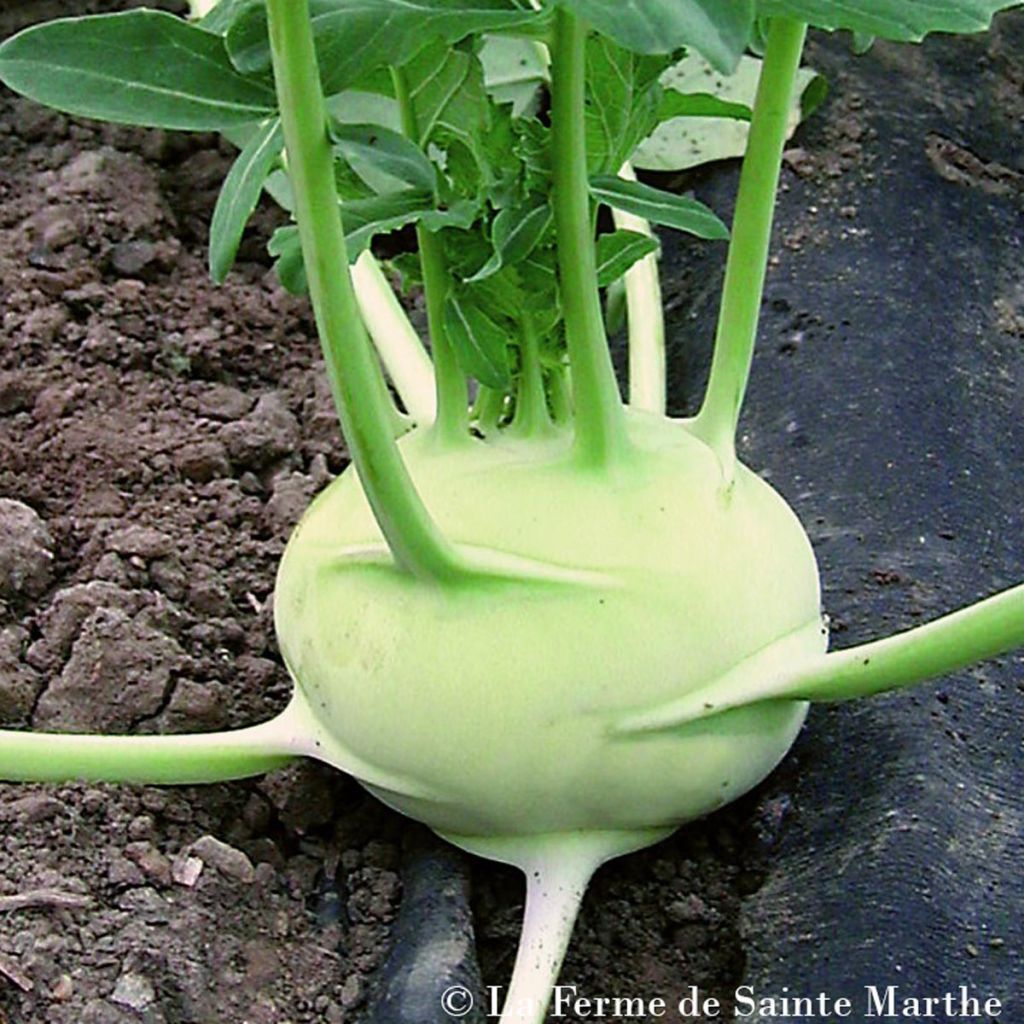

Giant Kohlrabi Superschmelz
View more pictures
Hide images
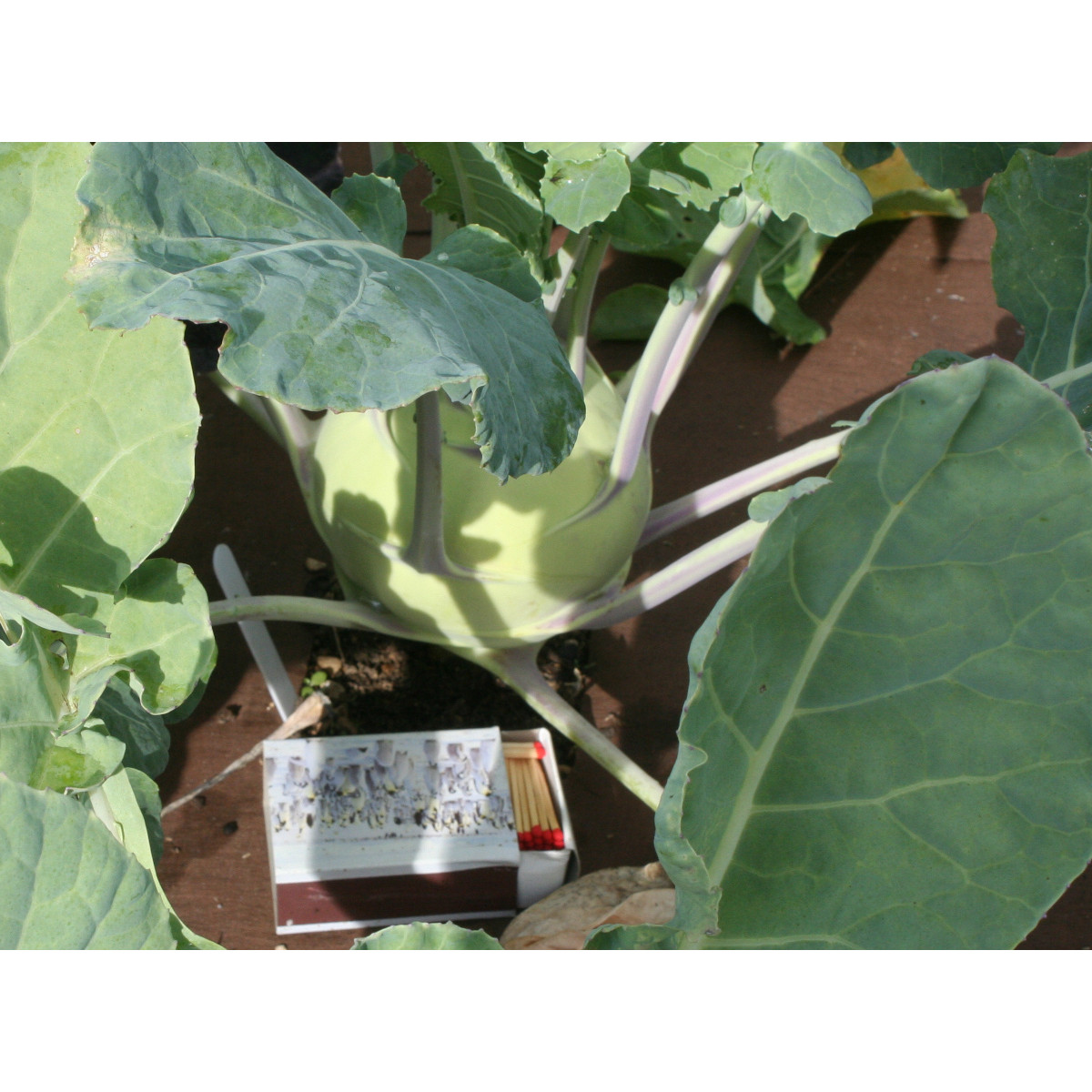
Alain J.

No text to translate.
Alain J. • 52 FR
Giant Kohlrabi Superschmelz
Brassica oleracea gongylodes Superschmelz
Cabbage turnip, German turnip
Excellent vegetable at a very affordable price at < Promise of flowers >
Daniel, 14/05/2022
Special offer!
Receive a €20 voucher for any order over €90 (excluding delivery costs, credit notes, and plastic-free options)!
1- Add your favorite plants to your cart.
2- Once you have reached €90, confirm your order (you can even choose the delivery date!).
3- As soon as your order is shipped, you will receive an email containing your voucher code, valid for 3 months (90 days).
Your voucher is unique and can only be used once, for any order with a minimum value of €20, excluding delivery costs.
Can be combined with other current offers, non-divisible and non-refundable.
Home or relay delivery (depending on size and destination)
Schedule delivery date,
and select date in basket
This plant carries a 6 months recovery warranty
More information
We guarantee the quality of our plants for a full growing cycle, and will replace at our expense any plant that fails to recover under normal climatic and planting conditions.
Description
'Superschmelz' Kohlrabi is an exceptional giant variety. It produces huge bulbs that weigh up to 10 kg. Unlike other giant varieties, its flesh remains tender and non-fibrous. Sow from March to July and harvest from June to November.
Kohlrabi, also known as Cabbage turnip or German turnip (Brassica oleracea gongylodes), is an original vegetable belonging to the large Brassicaceae family (ex-Cole family). This biennial plant, grown as an annual, is native to Europe where it was a staple food during World War II. It is recently being rediscovered thanks to its excellent flavour and great nutritional values. It is grown for its edible, bulbous stem which appears at ground level and measures between 6 and 20 cm in diameter. It is surrounded by a rosette of large green leaves.
This unusual vegetable has a fine, nutty flavour. It can be eaten both raw and cooked. It is delicious in salads, gratins or glazed with honey. The leaves are also edible and can be added to soups or stews. From a nutritional point of view, it is very healthy, being both low in calories and high in vitamins C and B3, fibre and minerals.
Kohlrabi is an easy vegetable to grow as long as you meet its basic requirements: deep, rich soil, and regular watering. It enjoys sun or half-shade.
Harvesting: Kohlrabi it is generally harvested from July to early November (75 days after sowing on average). Cut off the bulbs at ground level as and when required.
Storage: Kohlrabi can be stored for a fairly long time in a container of moist sand, in a cellar or basement. It will keep for several days in the refrigerator. It also freezes very well after being blanched for 5 minutes in boiling salted water.
Even if the vegetable garden is first and foremost a place for growing great quality veg, it’s always a good idea to leave a bit of room for flowers. Growing flowers alongside your vegetable plants will make your general gardening experience more enjoyable and is a great way to attract pollinators and repel garden pests! Flowers such as gaillardia, marigolds, zinnias, cosmos or nasturtiums can be sown in and around the rows of vegetables. Herbs such as dill can be very useful also. Bear in mind that some companion plants self-seed easily and can be a bit invasive (borage, chives, lemon balm etc.)
Harvest
Plant habit
Foliage
Botanical data
Brassica
oleracea
gongylodes Superschmelz
Brassicaceae
Cabbage turnip, German turnip
Cultivar or hybrid
Annual
Other Kohl rabi seeds
View all →Planting and care
Sowing:
The germination temperature for Superschmelz Kohlrabi is between 7 and 30°C and takes between 8 and 10 days.
It can be sown from March to July for a harvest from June to November, when the bulbs reach 7 to 8 cm in diameter.
You can either directly sow the seeds in the designated spot or prepare seedlings that will later be transplanted to their final position in the garden.
Preparation of seedlings: In a nursery or garden, sow the seeds at a depth of 1.5 cm in a good seed compost. Lightly cover with compost or vermiculite. Remember to keep the substrate moist but not waterlogged!
When the young plants appear strong enough to handle, transplant them to their final position, respecting the recommended distances for direct sowing.
Direct sowing: In well-amended and finely worked soil, create furrows about one centimeter deep, spaced 30 cm apart. Sow the seeds every 3 cm and cover them with a thin layer of fine soil. When the seedlings are well developed, thin them out, leaving only one plant every 25 to 30 cm.
Hilling should be done when the bulbs start to form.
Cultivation:
Kohlrabi can be grown in full sun or partial shade. It is relatively easy to grow as it is less demanding than most cabbage varieties, but it still requires a good base fertilization and regular moisture. It is recommended to apply well-rotted compost (about 3 kg per m2) in autumn, by scratching it into the soil to a depth of 5 cm, after properly loosening the soil as you would for any vegetable crop. In acidic soil, it is important to gradually raise the pH by adding calcium in the form of Dolomite or Lime.
Seedlings
Care
Intended location
Planting & care advice
-
, onOrder confirmed
Reply from on Promesse de fleurs
Similar products
Haven't found what you were looking for?
Hardiness is the lowest winter temperature a plant can endure without suffering serious damage or even dying. However, hardiness is affected by location (a sheltered area, such as a patio), protection (winter cover) and soil type (hardiness is improved by well-drained soil).

Photo Sharing Terms & Conditions
In order to encourage gardeners to interact and share their experiences, Promesse de fleurs offers various media enabling content to be uploaded onto its Site - in particular via the ‘Photo sharing’ module.
The User agrees to refrain from:
- Posting any content that is illegal, prejudicial, insulting, racist, inciteful to hatred, revisionist, contrary to public decency, that infringes on privacy or on the privacy rights of third parties, in particular the publicity rights of persons and goods, intellectual property rights, or the right to privacy.
- Submitting content on behalf of a third party;
- Impersonate the identity of a third party and/or publish any personal information about a third party;
In general, the User undertakes to refrain from any unethical behaviour.
All Content (in particular text, comments, files, images, photos, videos, creative works, etc.), which may be subject to property or intellectual property rights, image or other private rights, shall remain the property of the User, subject to the limited rights granted by the terms of the licence granted by Promesse de fleurs as stated below. Users are at liberty to publish or not to publish such Content on the Site, notably via the ‘Photo Sharing’ facility, and accept that this Content shall be made public and freely accessible, notably on the Internet.
Users further acknowledge, undertake to have ,and guarantee that they hold all necessary rights and permissions to publish such material on the Site, in particular with regard to the legislation in force pertaining to any privacy, property, intellectual property, image, or contractual rights, or rights of any other nature. By publishing such Content on the Site, Users acknowledge accepting full liability as publishers of the Content within the meaning of the law, and grant Promesse de fleurs, free of charge, an inclusive, worldwide licence for the said Content for the entire duration of its publication, including all reproduction, representation, up/downloading, displaying, performing, transmission, and storage rights.
Users also grant permission for their name to be linked to the Content and accept that this link may not always be made available.
By engaging in posting material, Users consent to their Content becoming automatically accessible on the Internet, in particular on other sites and/or blogs and/or web pages of the Promesse de fleurs site, including in particular social pages and the Promesse de fleurs catalogue.
Users may secure the removal of entrusted content free of charge by issuing a simple request via our contact form.
The flowering period indicated on our website applies to countries and regions located in USDA zone 8 (France, the United Kingdom, Ireland, the Netherlands, etc.)
It will vary according to where you live:
- In zones 9 to 10 (Italy, Spain, Greece, etc.), flowering will occur about 2 to 4 weeks earlier.
- In zones 6 to 7 (Germany, Poland, Slovenia, and lower mountainous regions), flowering will be delayed by 2 to 3 weeks.
- In zone 5 (Central Europe, Scandinavia), blooming will be delayed by 3 to 5 weeks.
In temperate climates, pruning of spring-flowering shrubs (forsythia, spireas, etc.) should be done just after flowering.
Pruning of summer-flowering shrubs (Indian Lilac, Perovskia, etc.) can be done in winter or spring.
In cold regions as well as with frost-sensitive plants, avoid pruning too early when severe frosts may still occur.
The planting period indicated on our website applies to countries and regions located in USDA zone 8 (France, United Kingdom, Ireland, Netherlands).
It will vary according to where you live:
- In Mediterranean zones (Marseille, Madrid, Milan, etc.), autumn and winter are the best planting periods.
- In continental zones (Strasbourg, Munich, Vienna, etc.), delay planting by 2 to 3 weeks in spring and bring it forward by 2 to 4 weeks in autumn.
- In mountainous regions (the Alps, Pyrenees, Carpathians, etc.), it is best to plant in late spring (May-June) or late summer (August-September).
The harvesting period indicated on our website applies to countries and regions in USDA zone 8 (France, England, Ireland, the Netherlands).
In colder areas (Scandinavia, Poland, Austria...) fruit and vegetable harvests are likely to be delayed by 3-4 weeks.
In warmer areas (Italy, Spain, Greece, etc.), harvesting will probably take place earlier, depending on weather conditions.
The sowing periods indicated on our website apply to countries and regions within USDA Zone 8 (France, UK, Ireland, Netherlands).
In colder areas (Scandinavia, Poland, Austria...), delay any outdoor sowing by 3-4 weeks, or sow under glass.
In warmer climes (Italy, Spain, Greece, etc.), bring outdoor sowing forward by a few weeks.






























